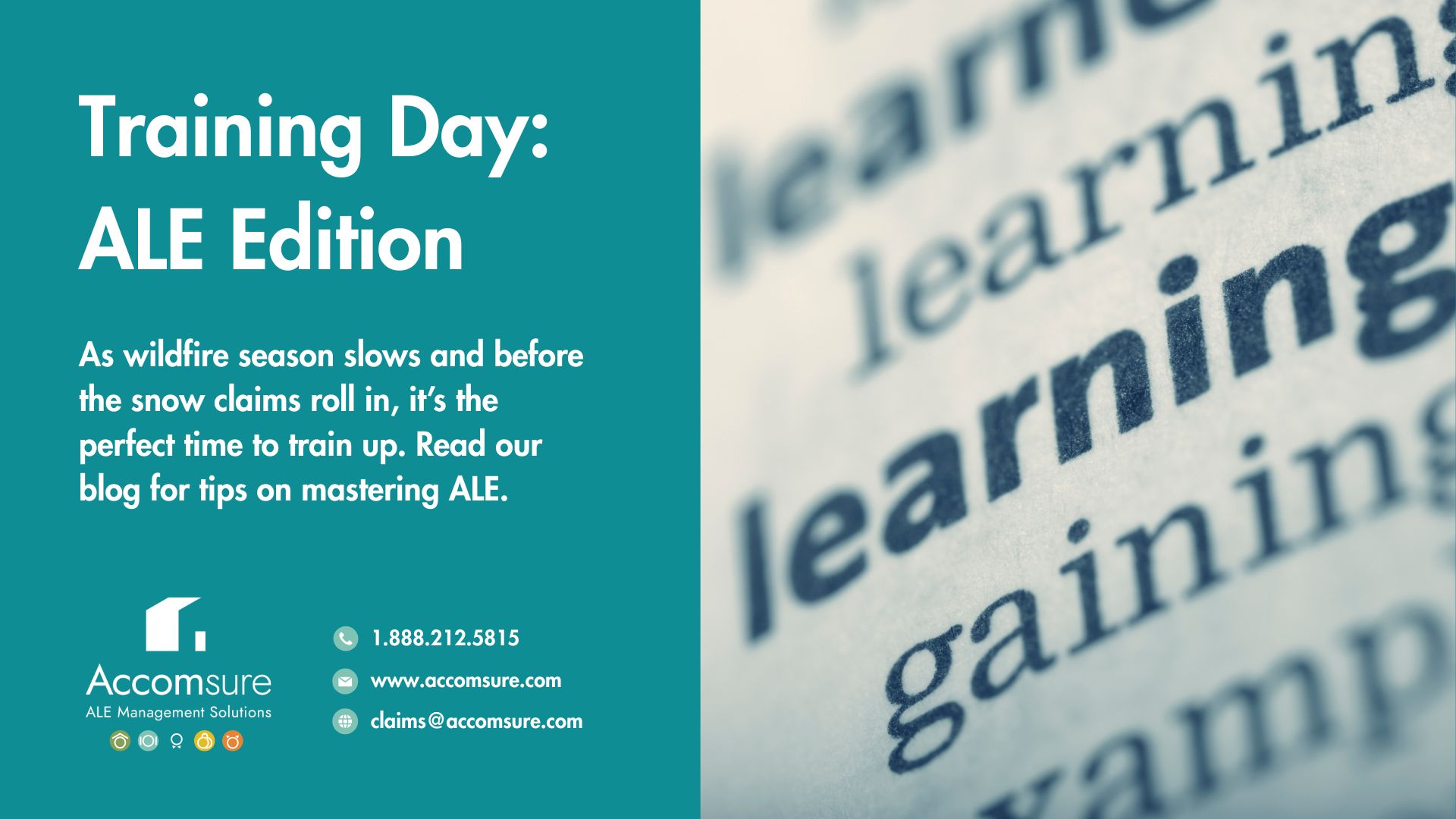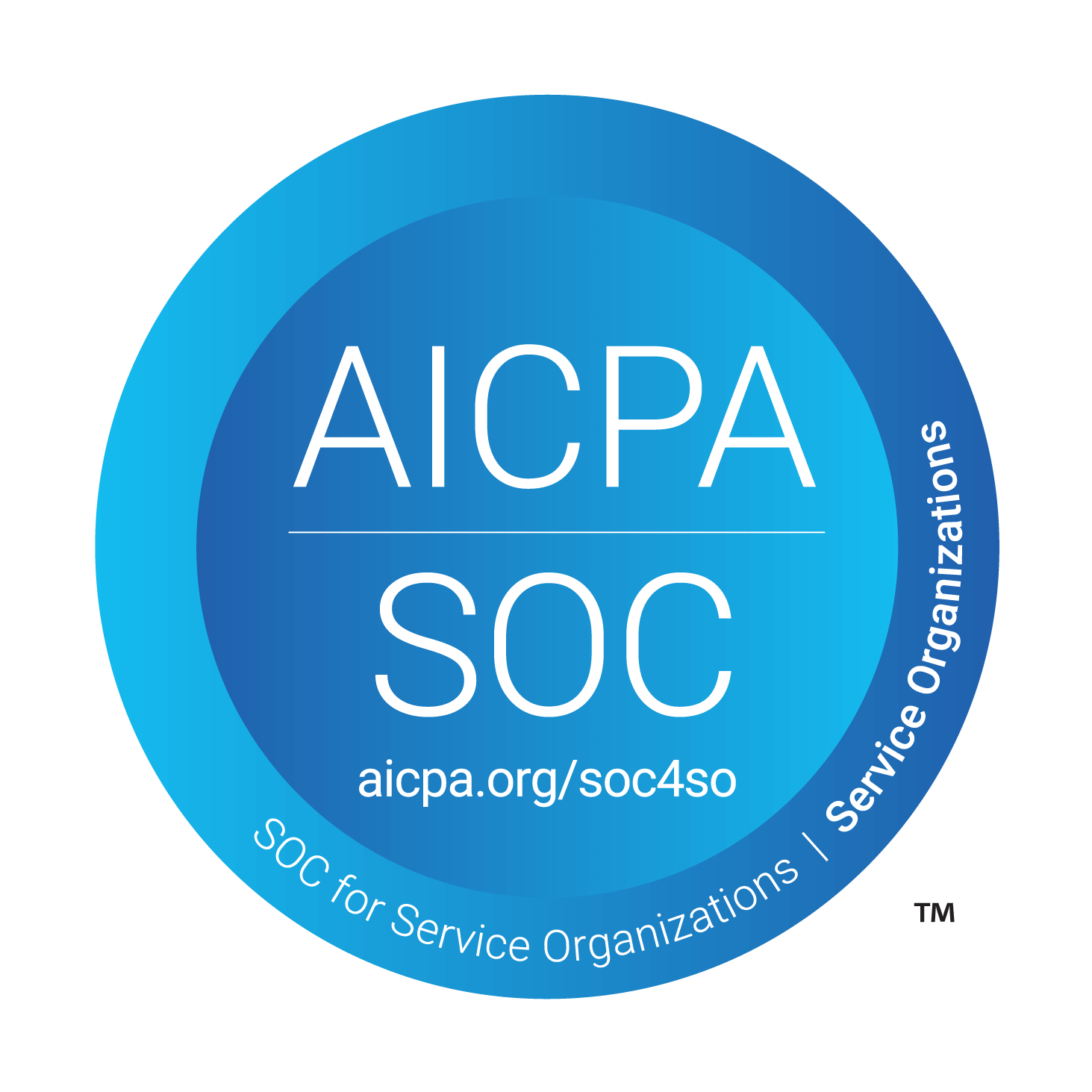For most adjusters summer means long days, frantic calls, and back-to-back claims from storm damage and all the stress that comes with CAT (catastrophe) season. The CLM’s 2025 report on the five biggest challenges facing adjusters highlighted rising caseloads, administrative burden, and outdated workflows, all issues that become more visible when CAT pressure eases.
By the time September comes to an end, the volume of urgent new files usually tapers off. This “shoulder season” between summer CATs and winter storms is more than just a chance to catch your breath. It’s also a chance to reset.
One area where training pays dividends? Additional Living Expenses (ALE).
Why ALE Deserves Attention in Training
Property damage adjusting is second nature for most adjusters: scoping, estimating, and setting reserves. ALE, though, plays by different rules.
- It’s emotional: Families aren’t just waiting for a repair estimate they’re wondering where they’ll live, how their kids will get to school, and if their lives will ever feel normal again.
- It’s unpredictable: ALE costs can balloon quickly if placements drag on, if housing is hard to find, or if rebuild timelines stretch.
- It’s often overlooked: Few training programs focus on ALE, leaving many to learn on the fly during high-stress situations.
That doesn’t mean every adjuster needs to become an ALE placement expert. Instead, it means knowing the key pressure points and recognizing when a specialist partner like Accomsure should step in.
- Policy Wording Isn’t Always Clear
ALE clauses vary. Some cap coverage by time, others by total dollar value, and many are vague about items like utilities, transportation, or storage.
👉 Takeaway: At the start of a claim, map out both the time limit and the dollar cap. This prevents over-promising coverage that might not last within the policy limits.
- Families Need Clear Expectations
Most policyholders don’t know what “reasonable” housing looks like under their coverage. Without guidance, they may assume they can choose any rental they want or stay out of their home indefinitely.
👉 Takeaway: Use a short checklist to set expectations early:
- How many bedrooms are required?
- Are pets part of the household?
- How far is “reasonable” from work or school?
- Is everyone in the home covered by the policy (i.e. a room mate)
Documenting answers upfront avoids disputes later.
(For more on understanding policyholder needs, see our blog: What Displaced Policyholders Really Want).
- Empathy Alone Doesn’t Control Costs
Families need compassion, but cost discipline matters too. Long hotel stays and meal per day can eat through ALE limits quickly.
👉 Takeaway: Look for placements that naturally reduce expenses. For example, a rental with a kitchen can cut meal allowances while providing families a more “normal” routine.
(Reference: IBC 2025 notes inflation and housing shortages are driving rebuild delays and higher ALE costs.)
- Documentation Protects Everyone
Months after a placement, policyholders may ask: “Why this rental and not another?” If documentation is thin, disputes become harder to resolve.
👉 Takeaway: Keep concise notes that explain the “why” behind each decision. Even a one-liner like “ground-floor unit required due to mobility issue” can save time later.
- Adjusters Can’t Do It All
ALE often demands skills outside the adjuster toolkit from real estate knowledge to relocation logistics. Trying to manage it all alongside property claims is overwhelming.
👉 Takeaway: Build a trusted network. Having reliable vendors, housing specialists, restoration companies or even better an all encompassing ALE Management partner, ensures families are placed quickly and claims keep moving.
Training for Awareness, Partnering for Execution
Adjusters don’t need to be ALE experts. Training is about awareness: knowing where ALE gets tricky, what questions to ask, and how to avoid the most common pitfalls.
Execution, sourcing housing, negotiating rates, handling receipts, is where partners step in. At Accomsure, ALE is all we do. We work alongside adjusters so families are placed quickly, costs stay under control, and claims keep moving.
As CAT season winds down, take time to sharpen your ALE awareness. When the next big event hits, you’ll be ready and you’ll know where to turn for support.
👉 Explore our ALE claim management services or browse more insights on our Resources page.


